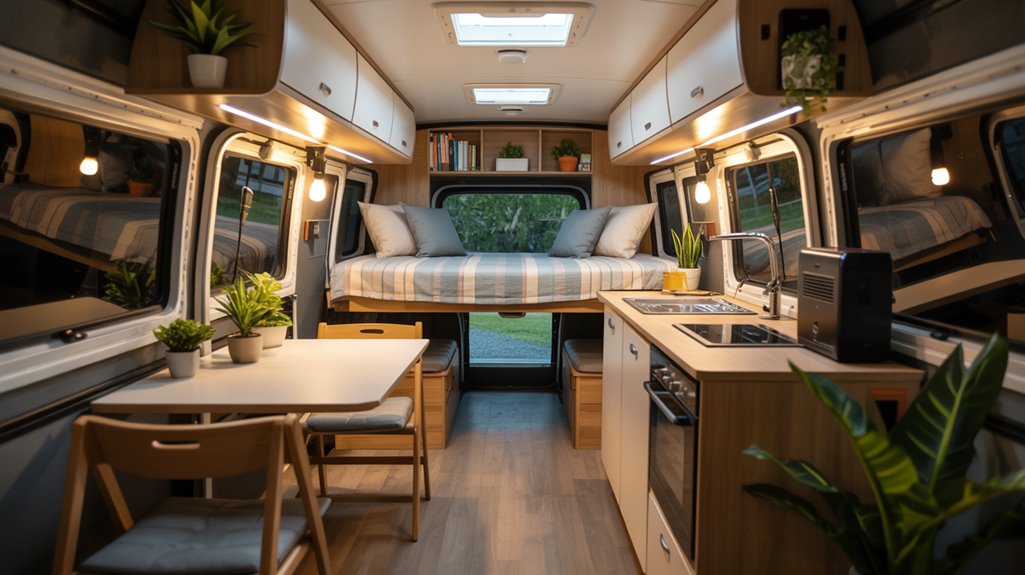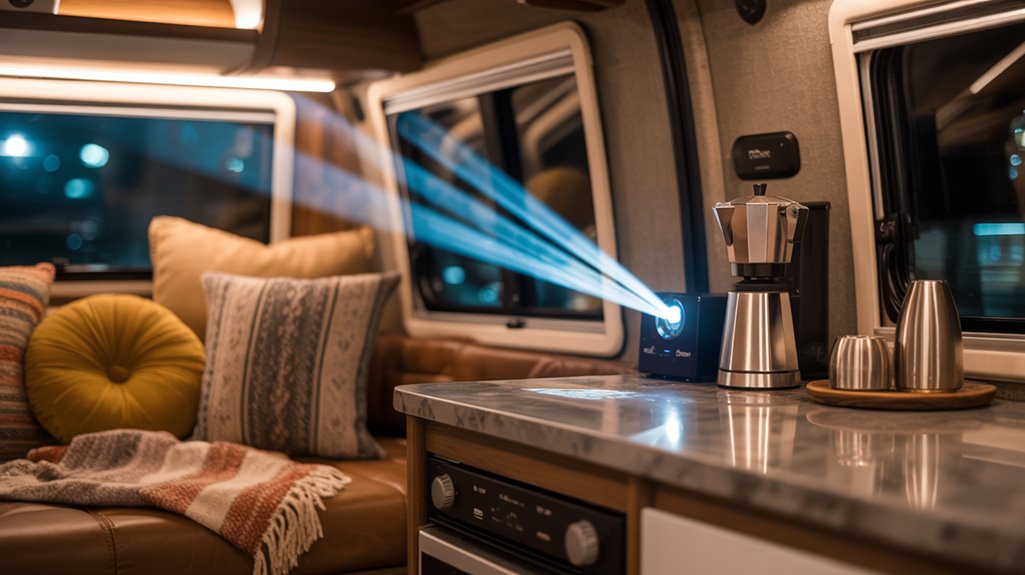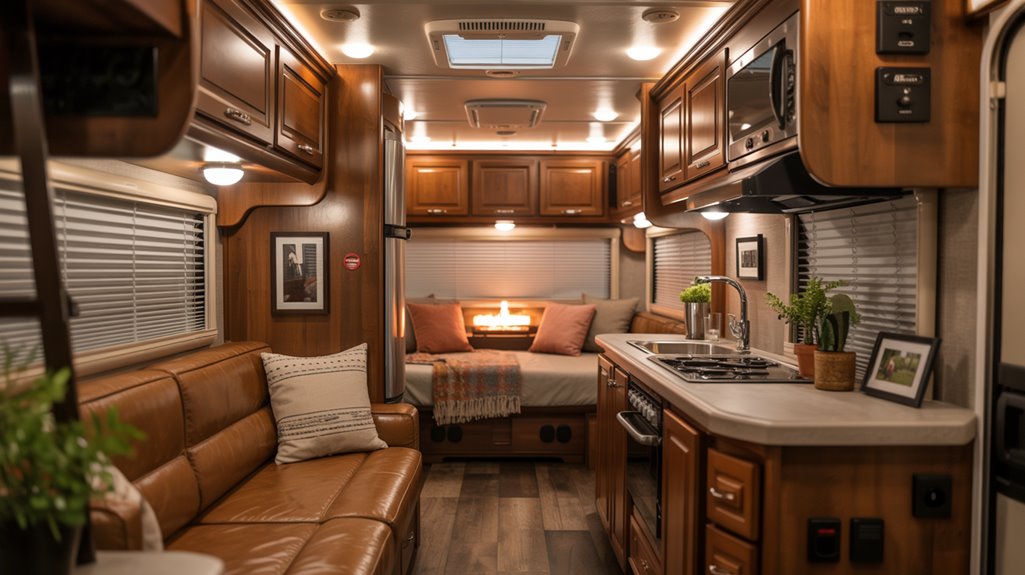If you’re considering solo backpacking, you’re not just taking a trip; you’re commencing a journey of self-discovery and empowerment. Confidence often grows with each step you take on those well-marked trails.
But before you lace up your boots, you’ll want to guarantee you’re equipped with the right gear and knowledge to make your adventure enjoyable and safe.
Curious about how to choose the right outfits and gear that not only protect you but also boost your confidence? Let’s investigate.
Contents
- 1 Planning Your Solo Backpacking Adventure
- 2 Building Confidence for Solo Hiking
- 3 Essential Safety Tips for Women Backpackers
- 4 Choosing the Right Clothing for Comfort and Protection
- 5 Must-Have Gear for Solo Backpacking
- 6 Health and Hygiene Considerations on the Trail
- 7 Connecting With the Solo Backpacking Community
- 8 Navigating Trails: Skills and Tools
- 9 Embracing the Freedom of Solo Travel
Planning Your Solo Backpacking Adventure
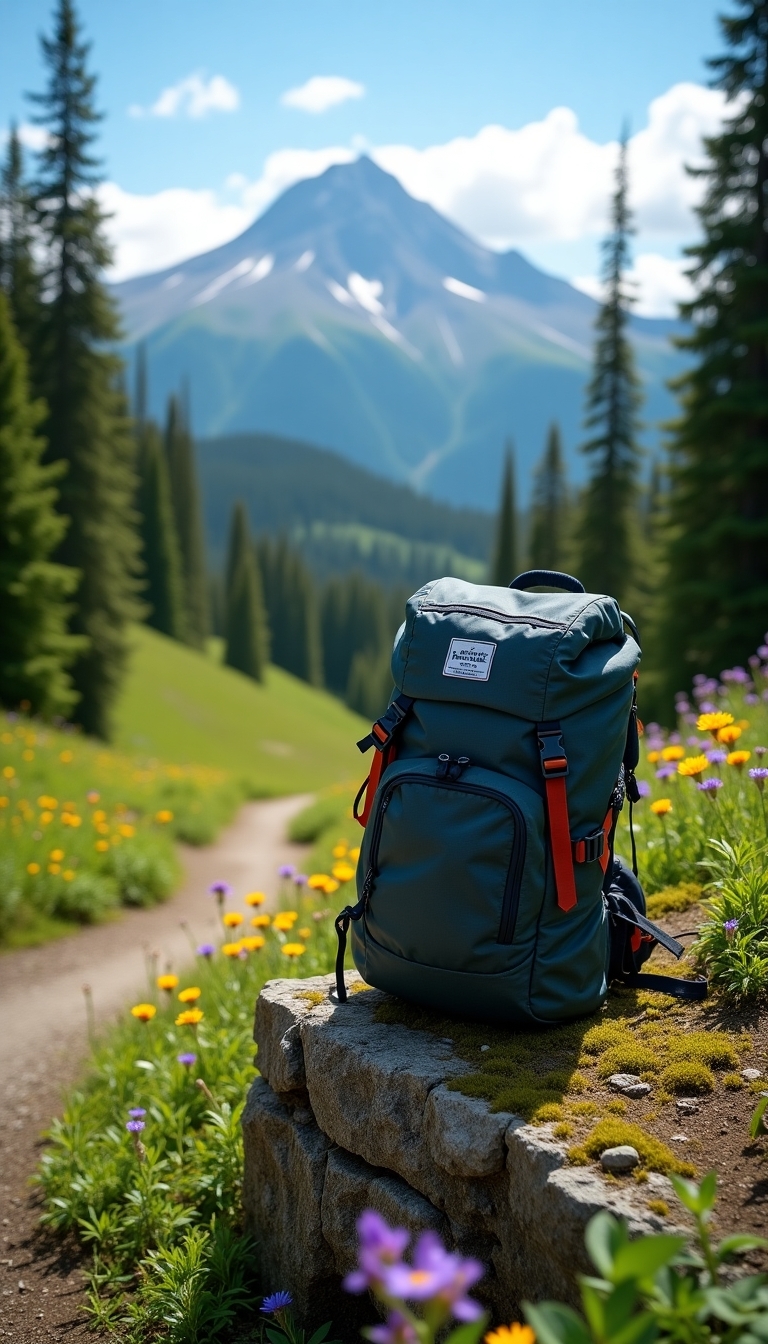
When you’re planning your solo backpacking adventure, it’s vital to start with a solid foundation, as the right preparation can make all the difference in your experience.
Begin by choosing well-marked trails, ideally in national parks, to minimize the risk of getting lost. For your first solo trip, aim for trails with campsites under five miles from the trailhead; this guarantees safety and accessibility.
Additionally, familiarity with essential backpacking resources is crucial for your success, as it ensures you have the right gear and knowledge for your journey. To further enhance your confidence, consider starting with shorter solo hikes to gradually build experience and skills.
Research recent trail conditions to prepare for challenges like snowfields or water crossings. Always consider seasonal weather and wildlife activity when planning your gear. Use online maps and guidebooks to chart your route, noting water sources and campsites. With thorough planning, you’ll set yourself up for an unforgettable adventure.
Building Confidence for Solo Hiking
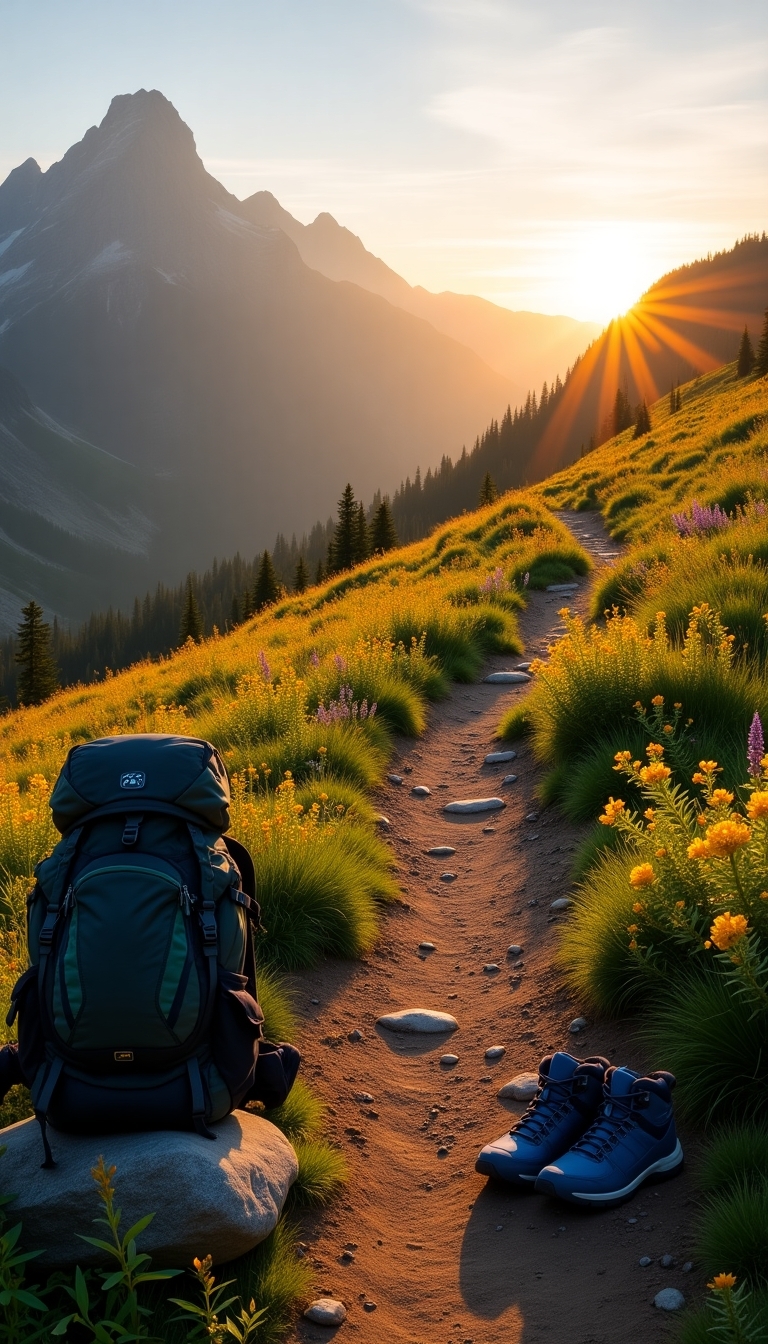
After laying the groundwork for your solo backpacking adventure, it’s time to focus on building the confidence that will empower you on the trail.
Start by tackling short, familiar hikes to build your endurance and gradually increase the distance as you improve. Incorporate strength and cardiovascular exercises into your routine to improve your overall performance. Increased fitness levels lead to easier trail navigation and enhance your overall hiking experience.
Don’t forget to develop navigation skills; practice map reading and familiarize yourself with GPS apps to boost your self-reliance. Overcome mental barriers by acknowledging your fears and setting achievable goals for each hike.
Surround yourself with a supportive community of female hikers for encouragement. Accept the independence of solo hiking, allowing it to be a journey of personal growth and empowerment.
Essential Safety Tips for Women Backpackers
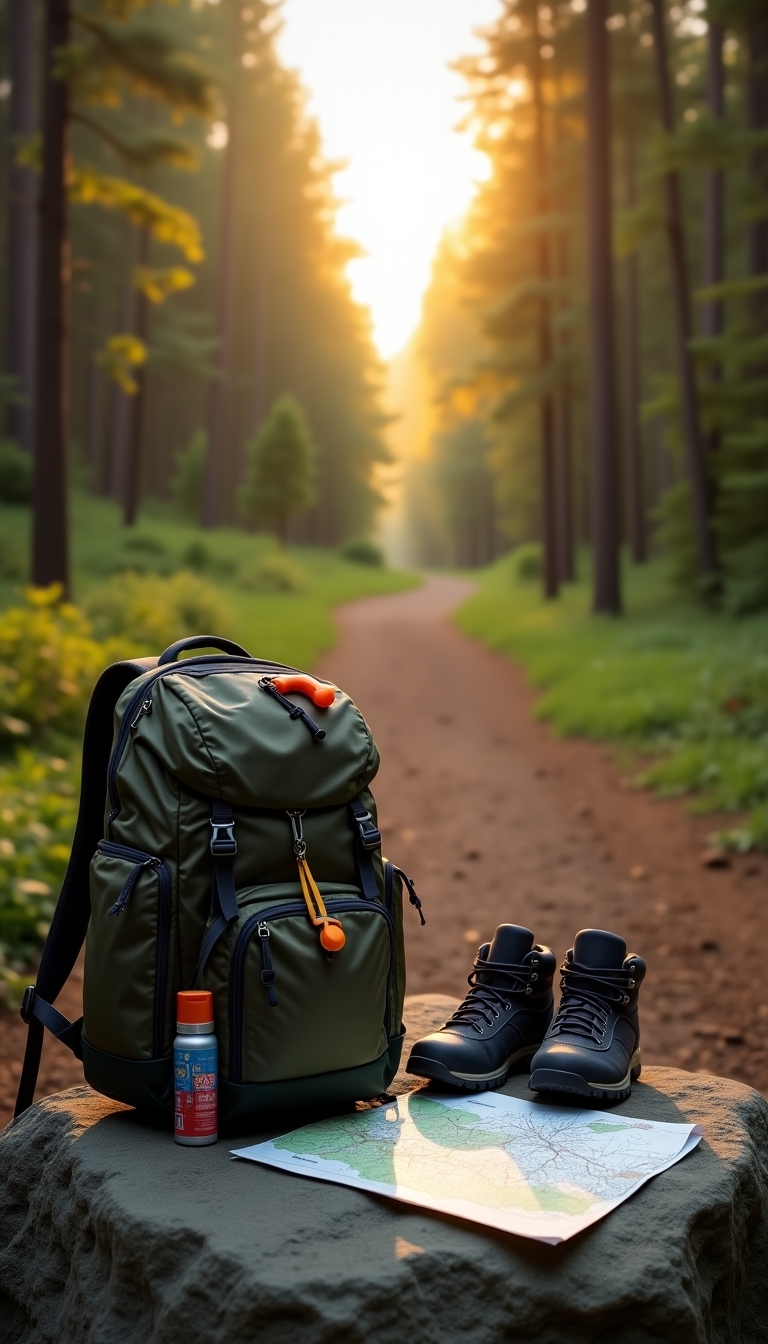
Starting on a solo backpacking trip can be exhilarating, but safety should always be your top priority, especially as a woman venturing into the wilderness alone.
Begin by thoroughly researching your chosen trails, including weather conditions and potential hazards. Create a detailed itinerary and share it with trusted contacts, including your expected return time.
Equip yourself with essential safety gear like bear spray, a first aid kit, and emergency communication devices to ensure you can call for help if needed. Additionally, carry a first aid kit tailored to specific needs to address any potential injuries during your adventure.
Always trust your instincts; if something feels off, it’s okay to leave. While solo travel is empowering, consider hiking with others whenever possible to improve safety.
Choosing the Right Clothing for Comfort and Protection
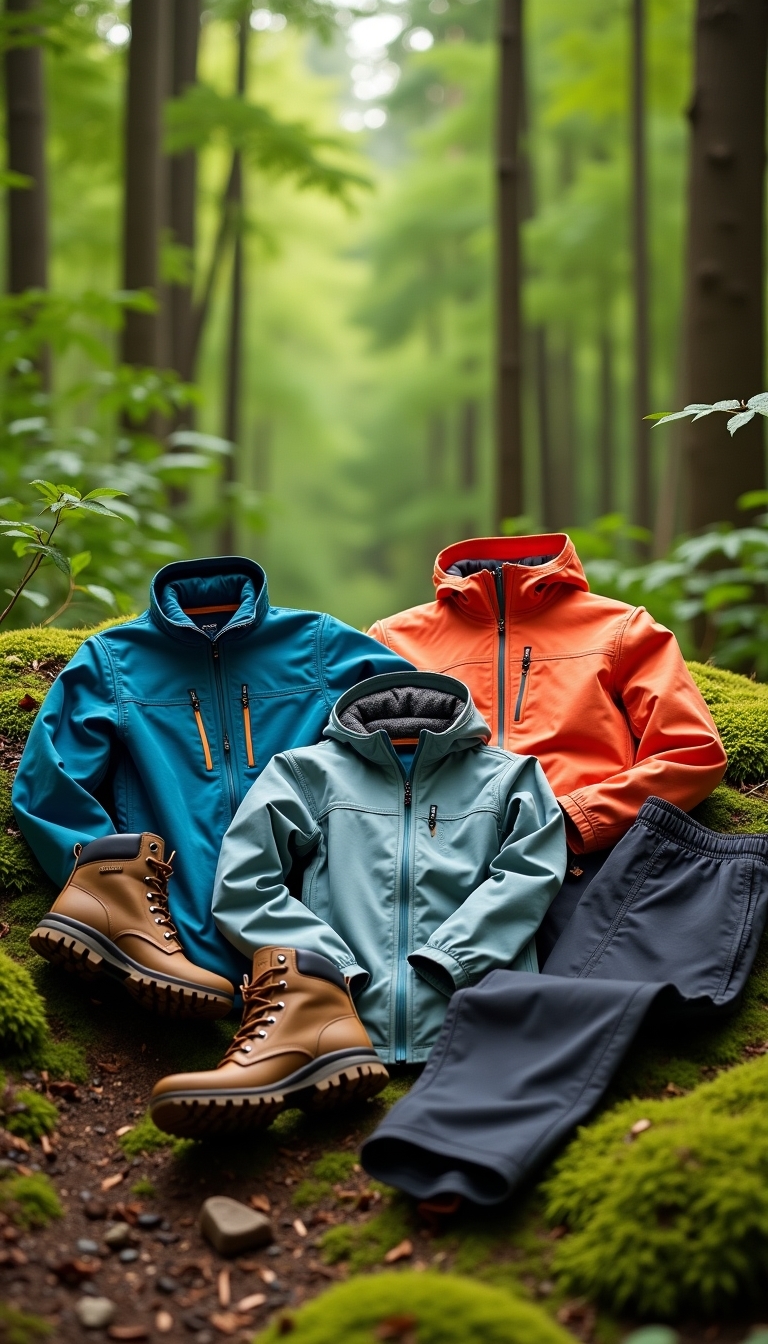
Packing the right clothing for your solo backpacking adventure can make all the difference between a comfortable journey and a challenging one.
Start with moisture-wicking base layers, which keep you dry and comfortable. Look for breathable fabrics that allow airflow, and choose a fit that prevents chafing. The best long sleeve baselayer, like the Woolx Layla V-Neck Top, is an excellent choice due to its moisture-wicking properties. Consider incorporating polyester for durability in your clothing selections to ensure they withstand the rigors of your adventure.
For insulation, opt for lightweight fleece or down jackets that pack easily and provide warmth when needed. Your outer layer should be waterproof and breathable, protecting you from the elements while offering UV protection.
Don’t forget moisture-wicking socks and well-fitting hiking boots to keep your feet happy. Consider multi-purpose items and secure pockets to keep essentials handy, ensuring you stay organized and prepared on your journey.
Must-Have Gear for Solo Backpacking
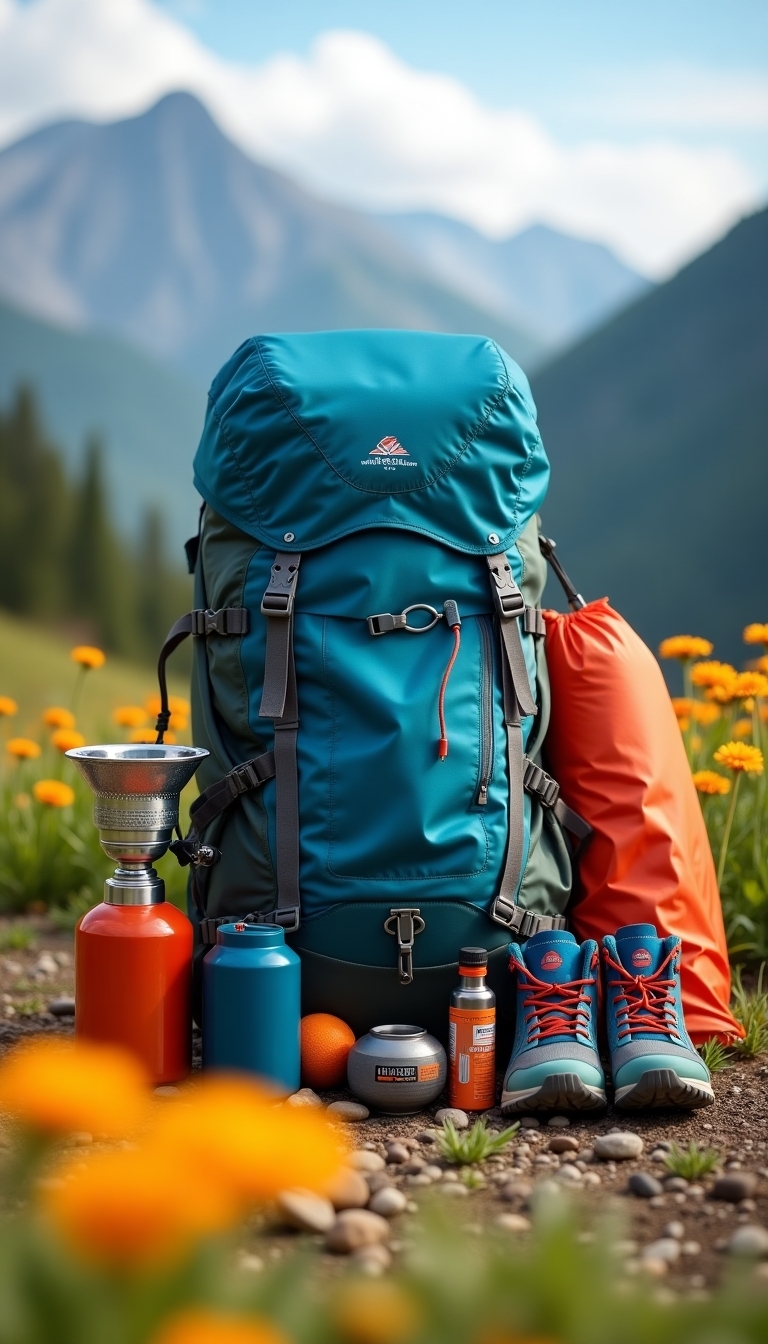
When you’re setting off on a solo backpacking adventure, having the right gear can make all the difference between an enjoyable experience and a stressful one. A lightweight tent, like the Big Agnes Tiger Wall UL1, is vital for easy setup and packing.
Your backpack should fit comfortably and weigh no more than a third of your body weight. Don’t forget navigation tools like maps and a GPS device to keep you on track. Selecting a familiar trail can help reduce the fear of the unknown and make your first trip more enjoyable.
A headlamp guarantees you can navigate after dark, while a shelter repair kit can save your trip if something goes wrong. Pack a first aid kit and bear spray for safety. With these essentials, you’ll feel prepared and confident on your journey.
Health and Hygiene Considerations on the Trail
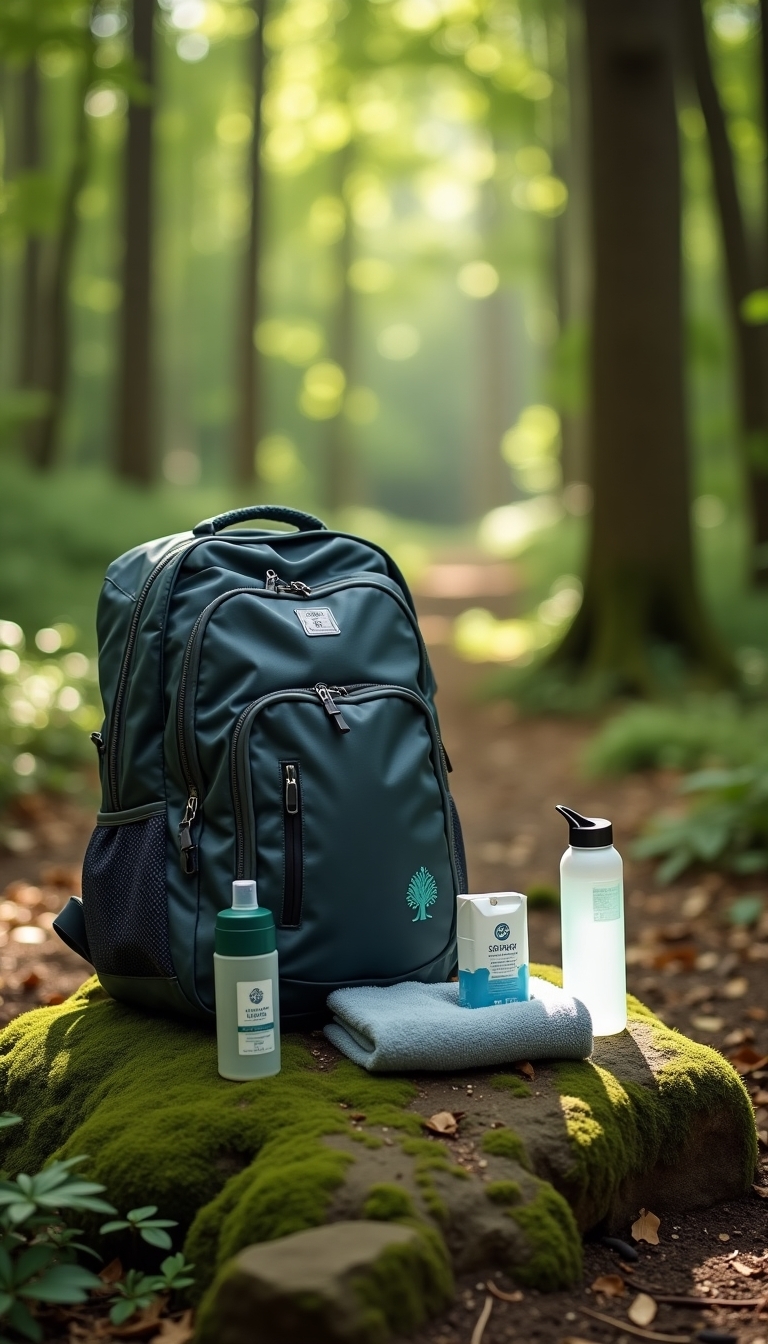
Maintaining your health and hygiene on the trail is essential not only for your comfort but also for your safety. Start by packing a hygiene kit with hand sanitizer, biodegradable soap, and toilet paper. In terms of menstrual management, consider using menstrual cups, as they’re lightweight and eco-friendly. Make sure to change them regularly to avoid leaks.
Additionally, daily cleaning rituals can significantly enhance your comfort while hiking, so find a routine that works for you. Women often have a greater advantage in long-distance hiking due to less risky decision-making, which can further contribute to overall safety while on the trail.
For clothing, opt for fast-drying underwear, and don’t hesitate to go commando for better airflow. Always practice Leave No Trace by packing out all used products. Remember to stay hydrated and clean your hands frequently to prevent infections. Establishing a routine for hygiene can help you stay healthy and comfortable, allowing you to enjoy your adventure fully.
Connecting With the Solo Backpacking Community
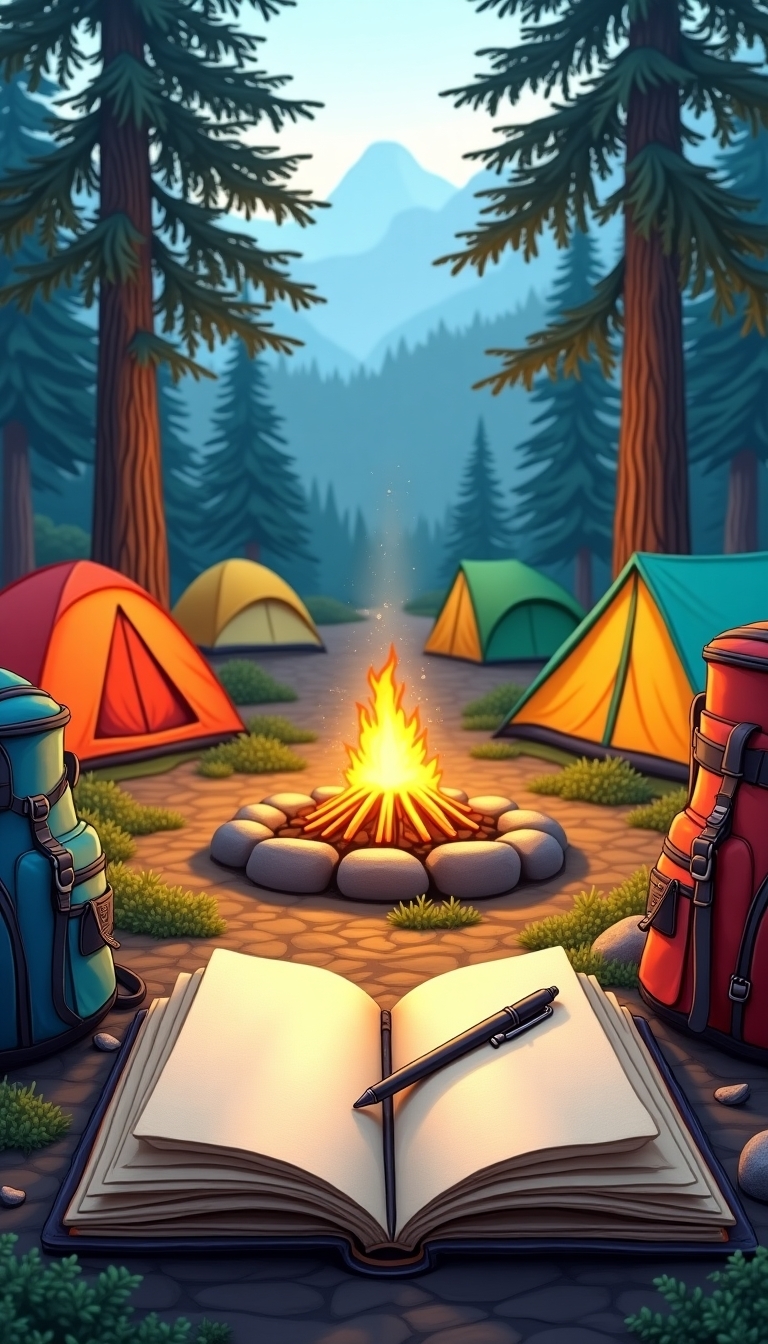
After ensuring your health and hygiene needs are met on the trail, it’s time to connect with a community that shares your passion for solo backpacking.
Joining supportive groups like Outdoorsy Gals or The Wandering Queens allows you to share experiences and gather advice tailored specifically for women. Consider participating in outdoor programs such as The Venture Out Project, which creates inclusive spaces for marginalized communities.
Attend workshops hosted by organizations like Wild Diversity to network and build skills. Engaging with blogs and podcasts featuring solo female backpackers can inspire you further.
Additionally, prior experience with group backpacking can be beneficial when seeking guidance from these communities. Many women have successfully found a supportive network through programs designed to foster community among female hikers and backpackers.
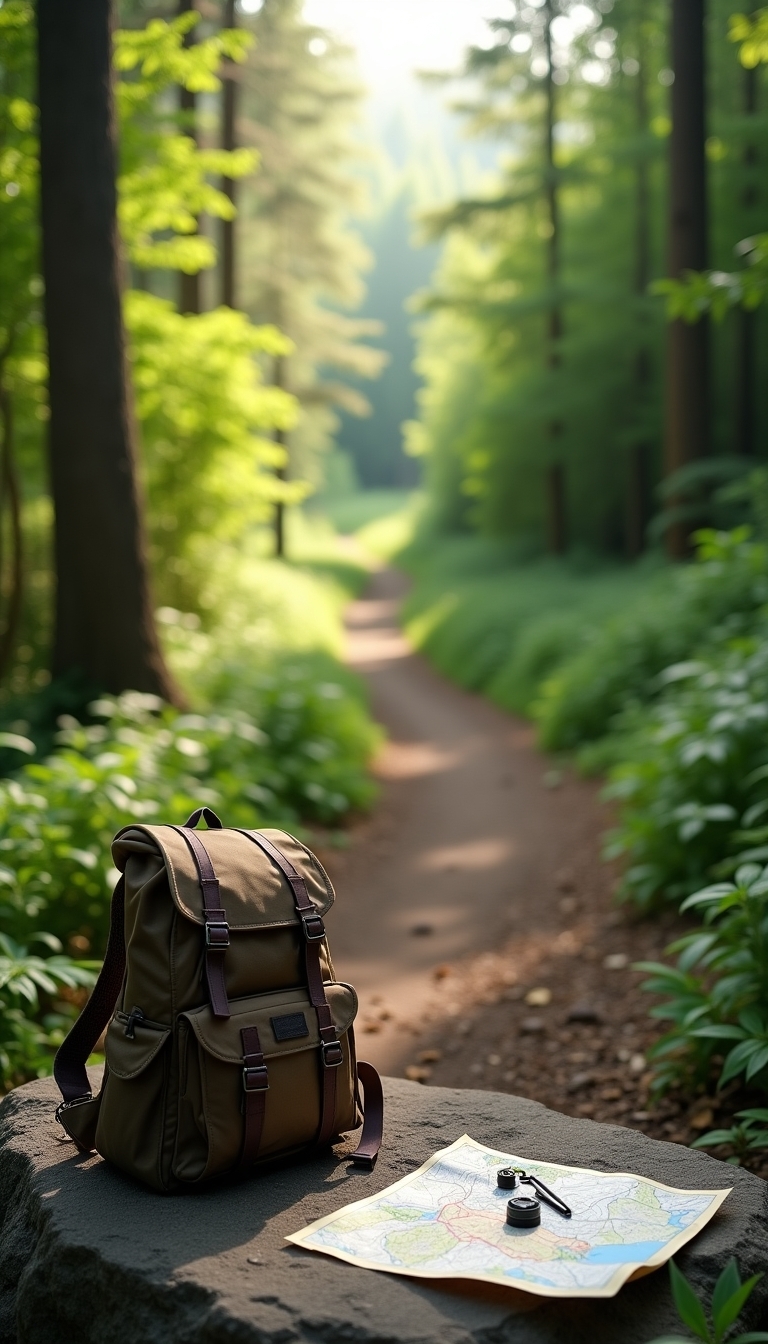
Finding trails effectively is an essential skill for every solo backpacker, and mastering it can improve both your safety and enjoyment in the great outdoors.
Start by learning basic map reading—know how to identify trails and landmarks. A compass is your best friend when electronics fail, so practice using one regularly. Consider downloading GPS apps like Gaia or AllTrails for a modern twist on navigation.
Before heading out, research trail conditions to avoid hazards and share your plans with someone you trust. Always carry a paper map as a backup.
Refresh your skills by taking wilderness navigation courses and practicing in familiar areas. With these tools and skills, you’ll feel empowered and prepared on your solo adventures.
Embracing the Freedom of Solo Travel
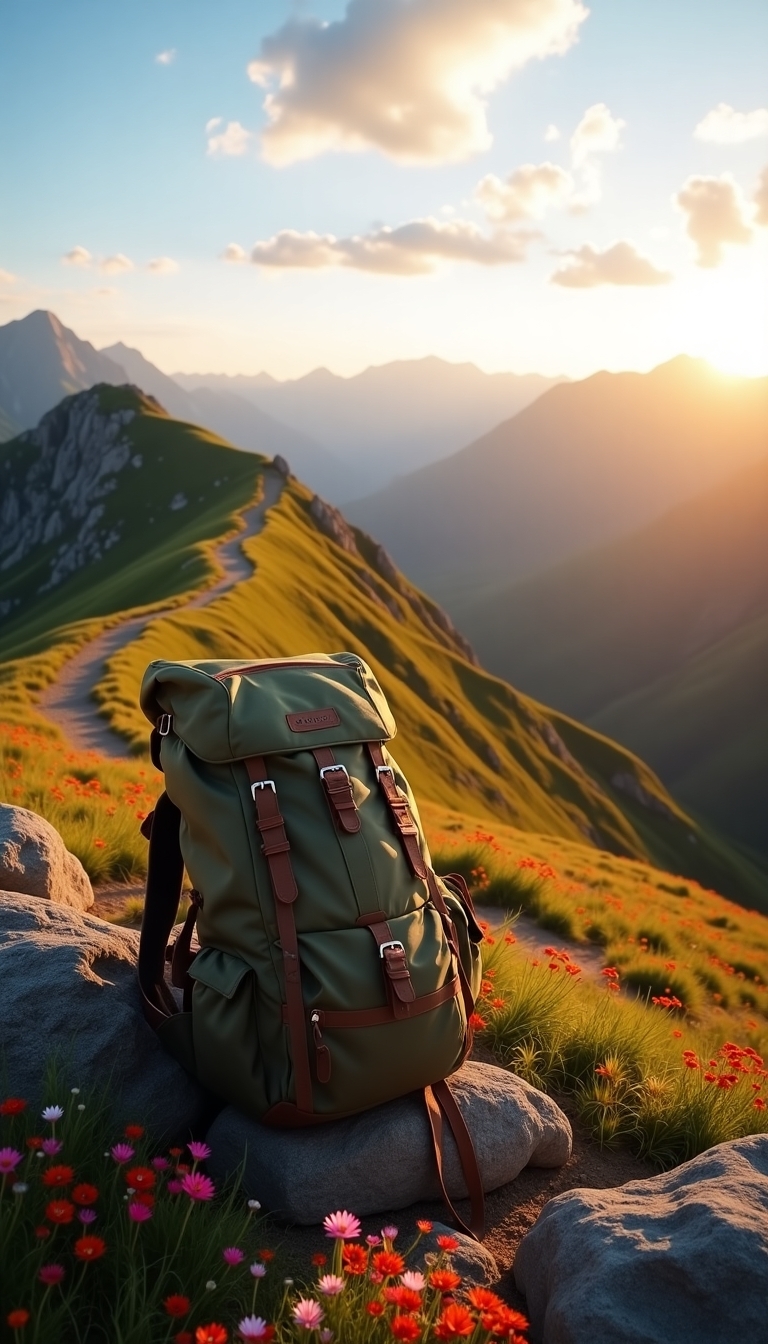
When you commence on a solo travel adventure, you open the door to a world of freedom and self-discovery that can be both exhilarating and empowering.
Welcoming this freedom allows you to create your own schedule, make spontaneous decisions, and truly immerse yourself in new cultures. You’ll find that traveling alone encourages independence and self-reliance, helping to improve your emotional wellbeing.
As you navigate unfamiliar places, you’ll also meet like-minded individuals and forge connections that enrich your experience. Stepping out of your comfort zone fosters personal growth, while overcoming challenges boosts your confidence.
Ultimately, solo travel isn’t just about the destinations; it’s about discovering your strength and resilience along the way. Embrace this journey—it’s distinctly yours.

